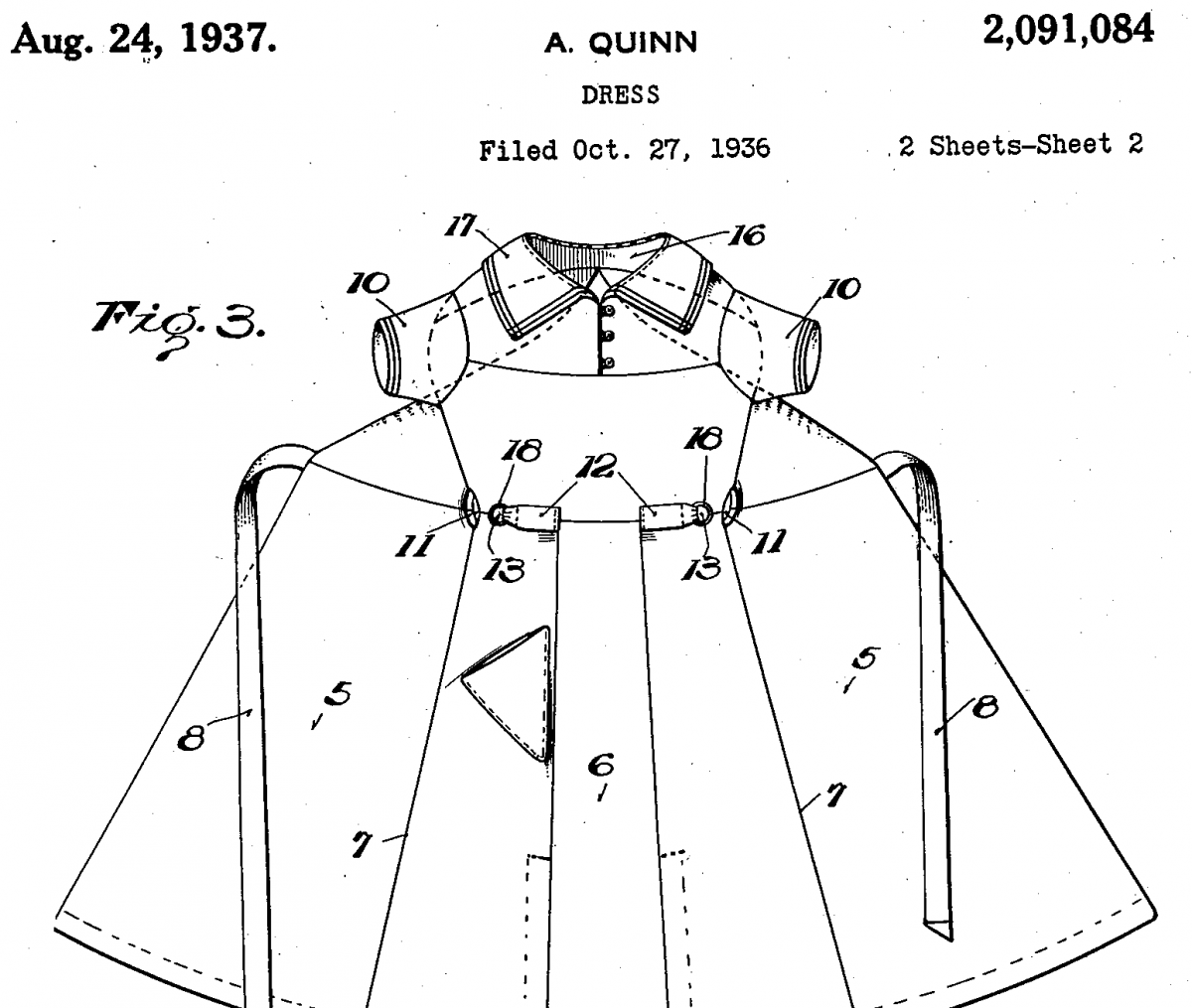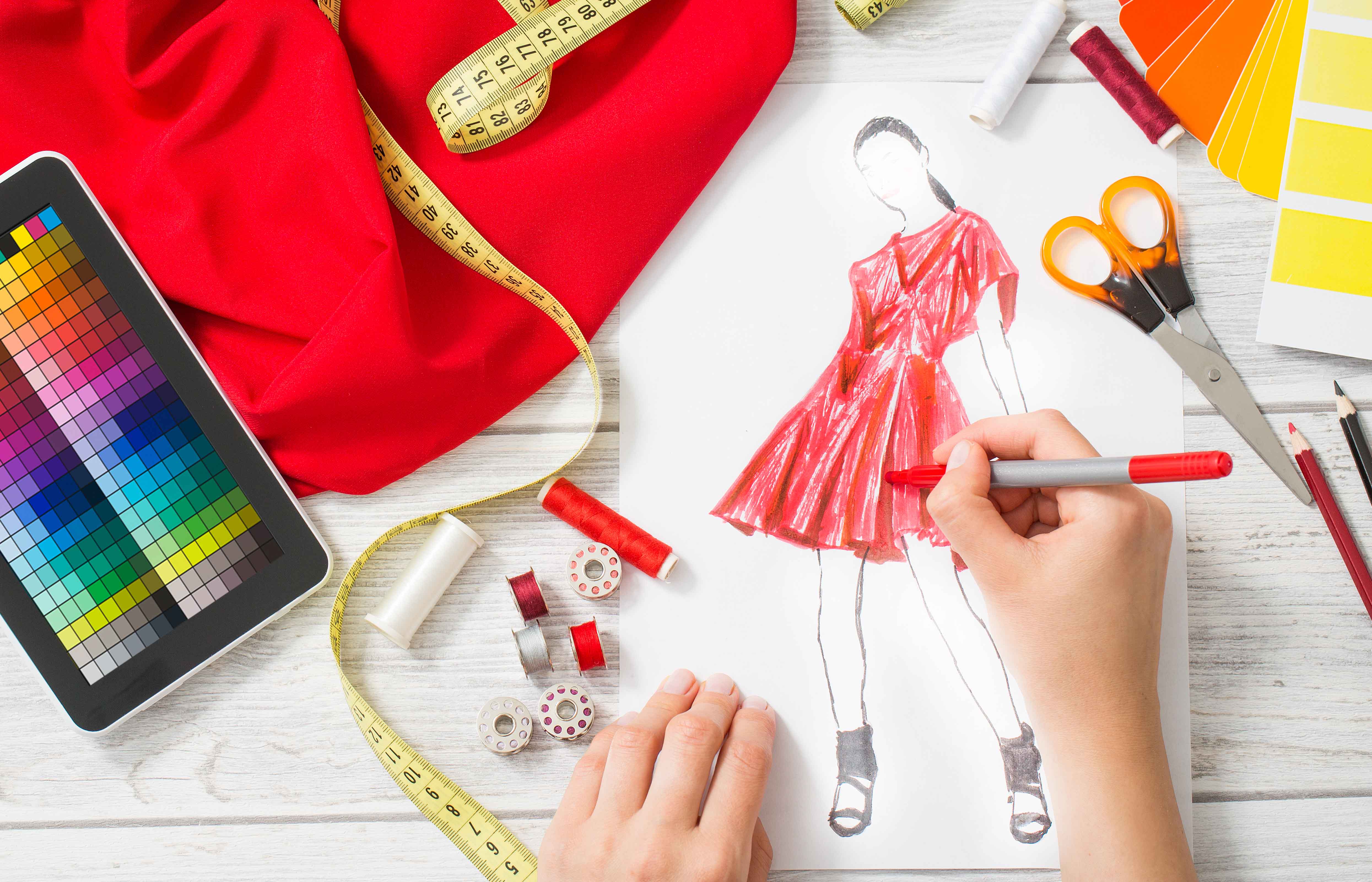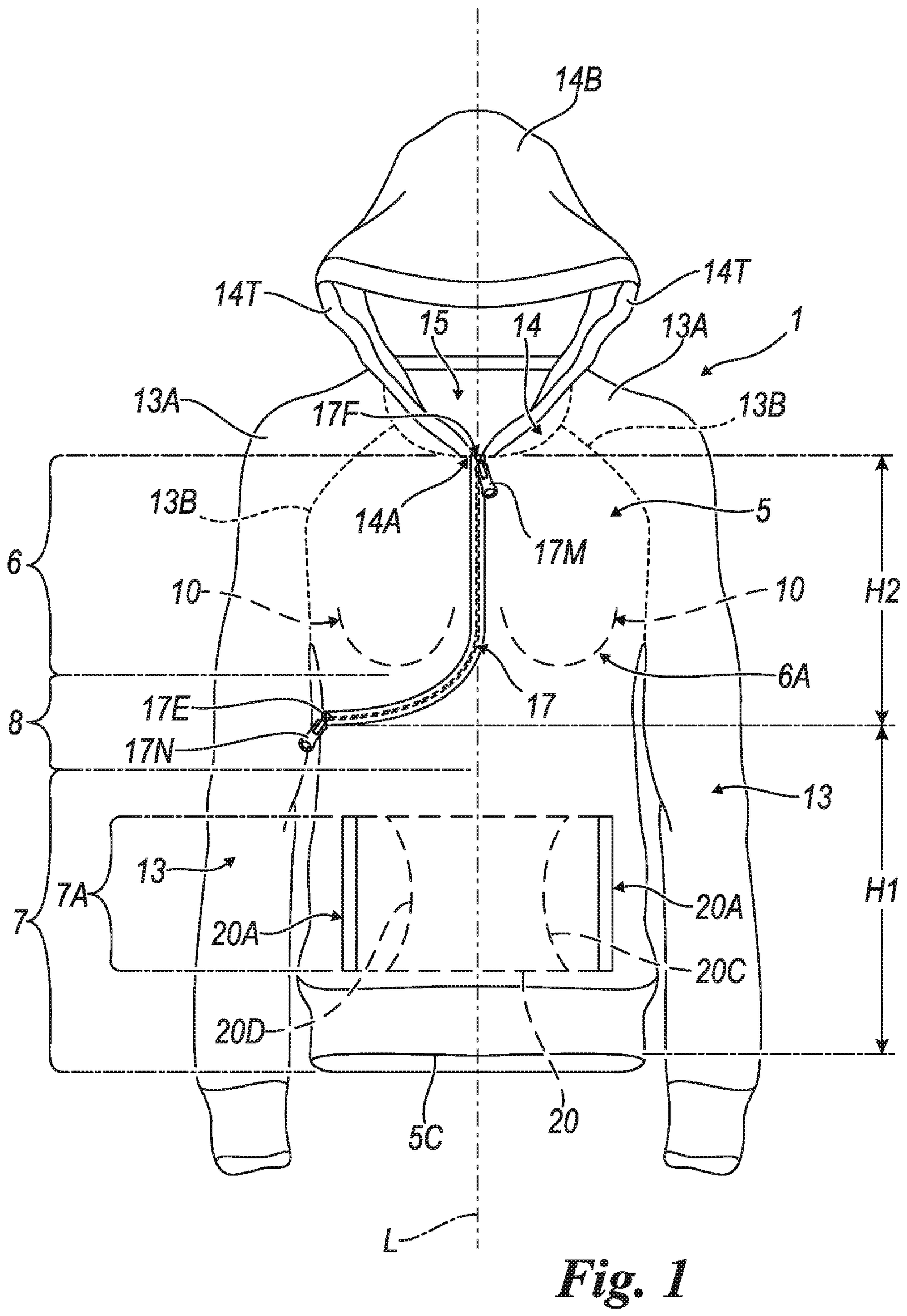Yes, you can patent a fashion design if it meets specific criteria. The design must be novel and non-obvious.
Fashion design patents protect unique and original designs. They ensure that designers have exclusive rights to their creations. To patent a design, it must be new and not obvious to someone skilled in the field. This protection helps prevent others from copying or using the design without permission.
Fashion designers often use patents to safeguard their creative work and maintain a competitive edge in the industry. The process involves submitting a detailed application to the patent office. By securing a patent, designers can monetize their work through licensing or by taking legal action against infringers.
Introduction To Fashion Patents
Fashion is always evolving. Designers work hard to create unique pieces. Protecting these designs is crucial. This is where fashion patents come in. They help designers safeguard their creativity. Let’s explore fashion patents in more detail.
What Is A Fashion Patent?
A fashion patent protects a new and original design. It prevents others from copying the design. This is vital for designers. It ensures their hard work is safe.
Fashion patents cover various elements. These include:
- Clothing designs
- Accessory designs
- Footwear designs
Designers can apply for patents through legal channels. This process can take time. But it is worth the effort.
Importance Of Patents In Fashion
Patents play a key role in the fashion industry. Here are some reasons why:
- Protects Creativity: Designers work hard on their ideas. A patent ensures no one can steal their designs.
- Encourages Innovation: Knowing their ideas are safe, designers push boundaries.
- Boosts Business: Patented designs attract more customers. People love unique and original pieces.
Patents provide legal protection. This is essential in a competitive industry. Without patents, copying would be rampant.
Types Of Fashion Designs
Fashion design encompasses a wide range of styles and categories. Understanding the different types of fashion designs helps in exploring patent possibilities. Here, we will discuss three main categories: Apparel, Footwear, and Accessories.
Apparel
Apparel includes clothing items like shirts, dresses, pants, and jackets. These designs often feature unique patterns, cuts, and fabrics. Some apparel designs can be patented if they are new and original.
To patent apparel designs, they must meet specific criteria:
- Novelty: The design should be unique.
- Non-obviousness: It should not be obvious to experts in the field.
- Utility: The design must serve a functional purpose.
Footwear
Footwear encompasses shoes, boots, sandals, and other foot coverings. These designs can be very innovative, featuring unique elements like soles, straps, and materials. Patenting footwear designs helps protect these unique features from being copied.
To patent footwear designs, consider the following:
- Distinctive Features: The design should have unique elements.
- Functional Aspects: The design should provide some functional benefit.
Accessories
Accessories include items like bags, hats, belts, and jewelry. These designs often feature intricate details and craftsmanship. Patenting accessory designs can protect these artistic elements.
Key points to consider for patenting accessory designs:
- Artistic Merit: The design should have artistic value.
- Commercial Potential: The design should have market appeal.
Eligibility Criteria
Fashion designers often wonder if they can patent their designs. Patenting a fashion design can protect your unique creation. However, there are strict eligibility criteria you must meet. This section will explain these criteria in detail.
Novelty Requirement
To patent a fashion design, it must be novel. This means your design should be new and original. It should not be something that has been seen before. Even small changes to existing designs can qualify. The key is that it must be unique in some way. Patent offices check existing designs to ensure yours is new.
Non-obviousness
Your fashion design must also be non-obvious. This means it should not be an obvious change to someone skilled in fashion design. The design must involve some level of creativity. Simply changing the color or fabric may not be enough. The design should be a clear step forward in fashion.
Usefulness
Lastly, the design must be useful. This means it should have a practical application in fashion. It should serve a purpose and not just be decorative. For example, a dress that offers better comfort or a new type of stitch. The design should have a clear use in the fashion industry.

Application Process
Patenting a fashion design requires a clear process. This section breaks down the steps involved. Understanding the application process can help protect your unique fashion creations.
Filing A Patent
To start, file your patent application with the United States Patent and Trademark Office (USPTO). This step is crucial to establish your claim. Ensure your fashion design is unique and not already patented.
Here are the steps to file a patent:
- Prepare a detailed description of your design.
- Include drawings or photos showcasing the design.
- Complete the required forms on the USPTO website.
- Pay the applicable filing fees.
Documentation Needed
Accurate documentation is key for a successful patent application. Gather all necessary documents before filing.
Below is a table summarizing the essential documents:
| Document Type | Description |
|---|---|
| Design Drawings | Clear, detailed images of your design. |
| Description | Thorough explanation of the design features. |
| Forms | Completed USPTO application forms. |
| Proof of Originality | Evidence your design is unique. |
Review Period
The USPTO review period can vary. Typically, it takes several months. Patience is essential during this time.
Here’s what happens during the review period:
- The USPTO examines your application.
- They check for any similar existing patents.
- They may request additional information.
- You will receive a decision notice.
Understanding these steps can help in navigating the patent application process. Protecting your fashion design is worth the effort.
Challenges In Patenting Fashion
Patenting fashion designs can be quite difficult. There are many challenges that designers face. Let’s explore some of these challenges.
Copycat Culture
The fashion industry has a strong copycat culture. Many designers replicate popular styles quickly. This makes it hard to protect original designs. Large brands often copy small designers. This creates a tough environment for innovation.
High Costs
Patenting a fashion design is very expensive. The costs can be a big burden for small designers. They need to pay legal fees and filing fees. This can add up quickly. Here is a breakdown of typical costs:
| Expense Type | Cost Range |
|---|---|
| Legal Fees | $2,000 – $10,000 |
| Filing Fees | $500 – $2,000 |
| Maintenance Fees | $1,000 – $3,000 annually |
Time-consuming Process
The patent process takes a long time. Designers need to wait for many months. Sometimes it takes years. This delay can hurt their business. Fashion trends change fast. By the time a patent is granted, the trend may be over.

Alternatives To Patents
Fashion designers often seek ways to protect their creations. While patents are one option, they can be costly and complex. Fortunately, there are alternative methods to safeguard your fashion designs. This section explores these alternatives in detail.
Copyright
Copyright protection is available for original works of authorship. This includes fashion designs. Copyright covers the unique artistic elements of a design. These elements can be patterns, prints, or embellishments.
Copyright does not cover functional aspects of clothing. It protects the creative elements only. Registration is not mandatory but offers legal benefits. It grants exclusive rights to reproduce, distribute, and display the work.
Trademark
A trademark protects brand names, logos, and slogans. It helps distinguish your products from others. This can be crucial for fashion brands.
Trademarks can include:
- Brand names
- Logos
- Slogans
Registration of a trademark provides stronger protection. It helps in legal disputes and prevents others from using similar marks. Trademarks can last indefinitely with proper maintenance.
Design Rights
Design rights protect the visual appearance of a product. This includes the shape, patterns, and colors of fashion items.
There are two types of design rights:
- Registered design rights
- Unregistered design rights
Registered design rights offer stronger protection. They require formal registration and can last up to 25 years. Unregistered design rights are automatic but offer limited protection. They usually last up to 3 years.
Here is a summary of the alternatives to patents:
| Method | Scope | Duration |
|---|---|---|
| Copyright | Artistic elements | Lifetime of author + 70 years |
| Trademark | Brand identifiers | Indefinite with maintenance |
| Design Rights | Visual appearance | Up to 25 years (registered) |
These alternatives provide various levels of protection for your fashion designs. They are often more accessible than patents.
Case Studies
Understanding the intricacies of fashion patents can be challenging. Case studies offer valuable insights. They highlight real-world examples of successes and failures. Let’s explore some noteworthy case studies in fashion patents.
Successful Fashion Patents
Many designers have protected their unique creations. Their success stories inspire the industry.
| Designer | Design | Patent Number |
|---|---|---|
| Christian Louboutin | Red Sole Shoes | US Patent No. 7,993,565 |
| Diane von Furstenberg | Wrap Dress | US Patent No. 3,910,262 |
Christian Louboutin patented his red sole shoes. This trademark became iconic. Diane von Furstenberg’s wrap dress patent protected her innovative design. These patents secured their market positions.
Notable Failures
Not all patent attempts succeed. Some face significant challenges. Understanding these failures is crucial.
- Yves Saint Laurent: Tried to patent a color combination. The court ruled it was too generic.
- Gucci: Attempted to patent a handbag design. The design was not unique enough.
Yves Saint Laurent’s failure taught a lesson. Patents must be specific and unique. Gucci’s attempt highlighted the need for distinctiveness.
Lessons Learned
Every case study offers valuable lessons. Successful patents often have clear, unique features.
- Uniqueness: Ensure your design is truly original.
- Documentation: Keep detailed records of your creative process.
- Legal Advice: Consult with patent attorneys to navigate complexities.
Designers must focus on uniqueness and documentation. Legal advice is crucial for navigating the patent process. These steps increase the chances of success.
Future Of Fashion Patents
The future of fashion patents is bright and evolving. Fashion designers are finding new ways to protect their work. This helps them stay unique and innovative.
Technological Innovations
Technology is changing fashion design. 3D printing and smart fabrics are examples. Designers can create unique pieces faster. Patents protect these new designs.
Imagine a dress that changes color with your mood. This is not just science fiction. Smart textiles make it possible. Patents ensure these designs stay unique.
Global Trends
Global fashion trends are important. Different countries have different rules. International patents help protect designs worldwide.
| Region | Patent Rules |
|---|---|
| USA | Strong protection for fashion designs |
| Europe | Specific rules for design patents |
| Asia | Growing interest in fashion patents |
Designers must understand these rules. This helps them protect their work globally.
Legal Developments
Legal systems are adapting to fashion. New laws are being made. These laws help protect unique designs.
For example, the EUIPO offers special design protection. This helps European designers a lot. Other regions are also making changes.
Knowing these legal developments is key. It helps designers stay ahead.

Frequently Asked Questions
Can You Patent A Fashion Design?
Yes, you can patent a fashion design if it meets specific criteria. It must be novel and non-obvious. A design patent protects the unique visual qualities of a product. This can include clothing, accessories, or footwear.
What Is Required To Patent Fashion Design?
To patent a fashion design, it must be new and original. You need detailed drawings and descriptions. The design must be ornamental and non-functional. A thorough search should be conducted to ensure it hasn’t been patented before.
How Long Does A Design Patent Last?
A design patent lasts for 15 years from the date of grant. During this time, you have exclusive rights to the design. After 15 years, the design enters the public domain and can be used by others.
Is It Expensive To Patent Fashion Design?
Patent costs can vary, but expect to spend several thousand dollars. This includes application fees, attorney fees, and potential maintenance fees. Costs may increase if the process is complex or requires additional services.
Conclusion
Fashion design patents can be complex but achievable. Understanding the process is essential for protecting your creations. Research, documentation, and legal advice are crucial steps. By securing patents, designers can safeguard their innovative designs. Stay informed and take the necessary actions to protect your fashion creations effectively.
